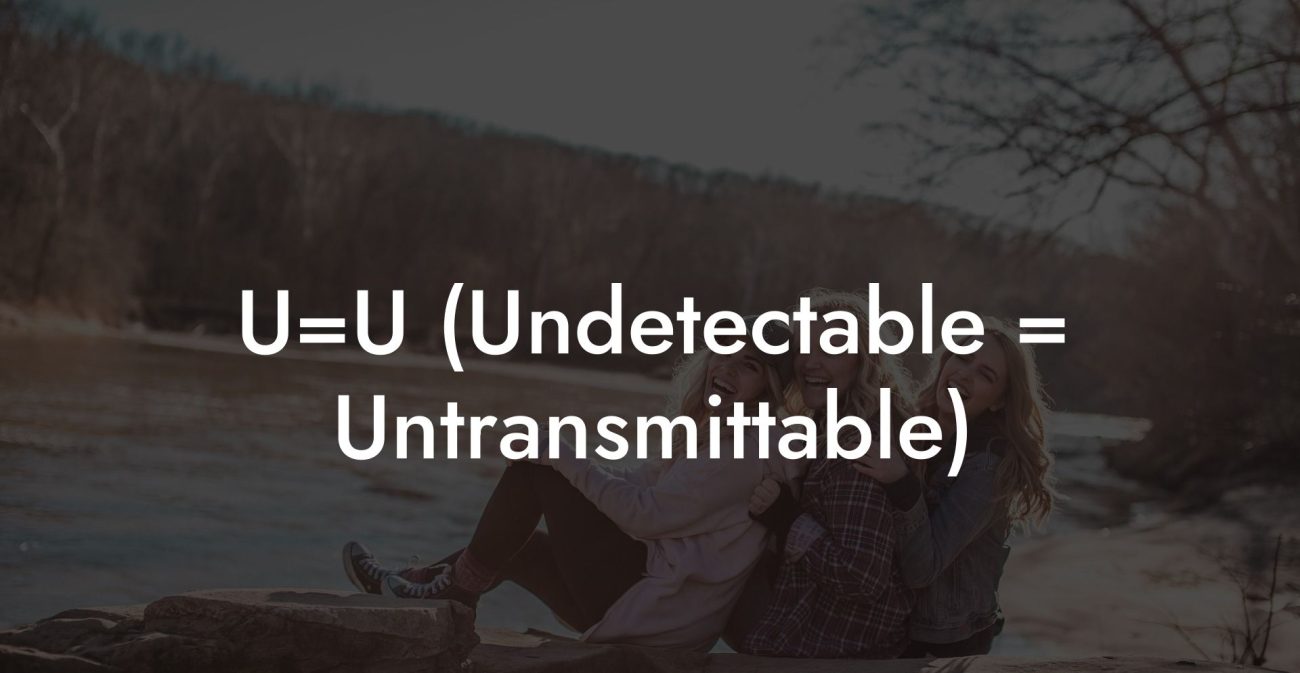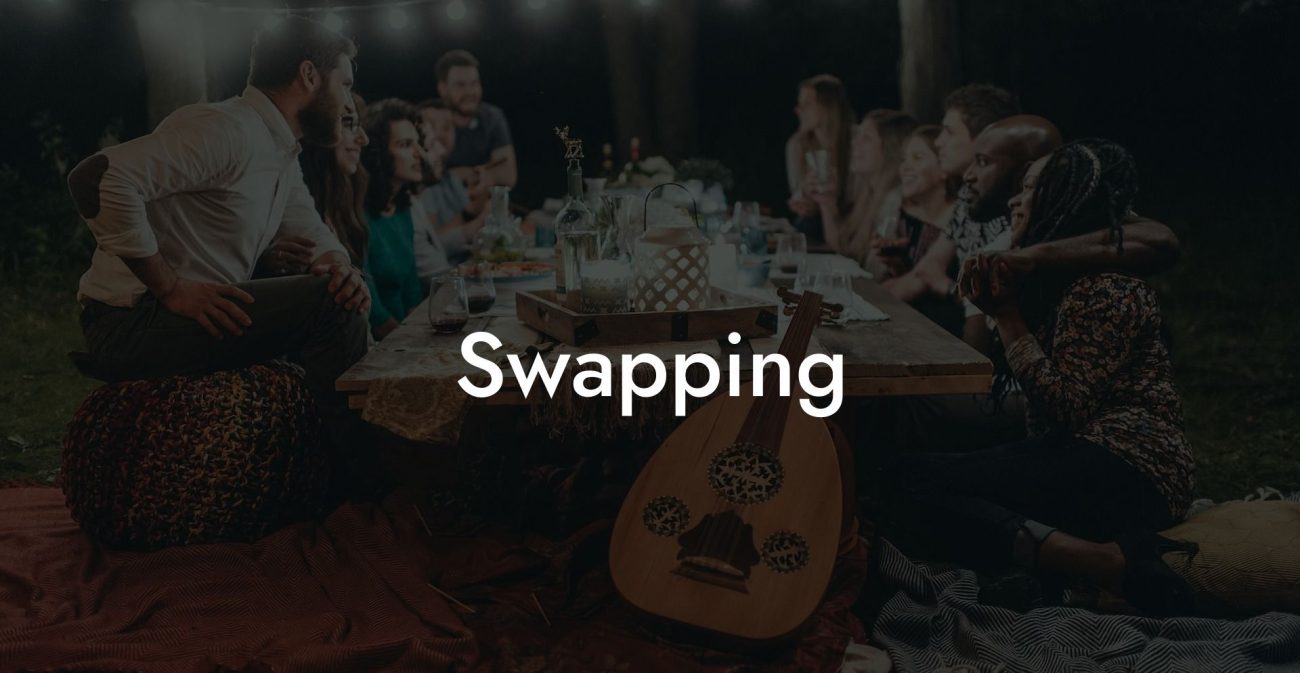Self-Directed Polyamory

Imagine charting your own romantic course without a map dictated by societal norms, a journey where you call the shots in your love life, designing connections that align with your deepest desires and personal growth. Welcome to Self-Directed Polyamory, a liberating concept in ethical non monogamy that empowers you to take full control of your relationships. In this model, you become the architect of your emotional world, choosing when, how, and with whom to engage, all while honoring your need for independence and self-care. Self-Directed Polyamory is about carving your own path, setting your own boundaries, and celebrating the freedom to love on your own terms.
Quick Links to Useful Sections
- The Ethical Non Monogamy Term: Self-Directed Polyamory
- What Is Self-Directed Polyamory?
- Core Principles of Self-Directed Polyamory
- A Quick Video Explanation
- Historical and Cultural Perspectives on Self-Directed Polyamory
- Breaking Away from Traditional Norms
- Cultural Shifts in Modern Relationship Models
- Everyday Dynamics of Self-Directed Polyamory
- Navigating Your Own Emotional Landscape
- Establishing Clear Communication with Partners
- Balancing Solitude and Connection
- Benefits of Self-Directed Polyamory
- Empowered Independence
- Deepened Self-Awareness and Personal Growth
- Improved Communication and Conflict Resolution
- Customized Relationship Dynamics
- Challenges of Self-Directed Polyamory
- Managing Loneliness and Isolation
- Ensuring Consistent, Honest Communication
- Balancing Personal Growth with Relationship Maintenance
- Navigating External Judgment and Societal Expectations
- Frequently Asked Questions (FAQ)
- Resources and Community Support: Your Next Steps
The Ethical Non Monogamy Term: Self-Directed Polyamory
What Is Self-Directed Polyamory?
Self-Directed Polyamory is a relational model within ethical non monogamy where you intentionally design your love life according to your personal values, goals, and emotional needs. Rather than following prescribed scripts or allowing external pressures to dictate your relationships, self-directed polyamory puts you in the driver’s seat. You decide how much emotional investment, time, and energy to dedicate to each connection, and you have the autonomy to explore multiple relationships while maintaining your individuality.
This approach encourages you to continuously reassess and refine your relationship dynamics. Whether you opt for deep, long-term bonds or prefer to keep connections more casual and fluid, self-directed polyamory is about making choices that empower you. It’s a celebration of personal sovereignty, where every decision is guided by honest self-reflection and open communication.
Core Principles of Self-Directed Polyamory
- Autonomy: At the heart of self-directed polyamory is the commitment to personal freedom. You set your own rules, negotiate your own boundaries, and make choices that align with your individual growth.
- Intentional Connection: Every relationship is a deliberate choice. Rather than drifting into connections by default, you actively decide which relationships serve your emotional and personal needs.
- Honest Self-Reflection: Continuous introspection is key. By understanding your own desires, triggers, and aspirations, you can better navigate the complexities of multiple relationships.
- Transparent Communication: Open and ongoing dialogue with all partners ensures that your self-directed choices are understood, respected, and negotiated consensually.
- Flexible Boundaries: Recognize that your needs and capacities may change over time. Regularly revisiting and adjusting your boundaries allows you to adapt your relationships to your evolving self.
- Mutual Empowerment: While self-directed polyamory centers on your autonomy, it also values the empowerment of your partners. When everyone is clear about their needs and expectations, the whole network grows stronger.
- Self-Care: Prioritizing your well-being is essential. By taking care of yourself first, you ensure that you can fully engage in and contribute to your relationships.
A Quick Video Explanation

Historical and Cultural Perspectives on Self-Directed Polyamory
Breaking Away from Traditional Norms
For much of history, romantic relationships were defined by rigid structures, often rooted in monogamy and dictated by cultural or religious norms. Traditional models typically offered little room for personal agency, prescribing strict roles and expectations that left little space for individuality. These constraints frequently led to feelings of confinement and stifled personal growth.
As the sexual revolution, feminist movements, and the rise of alternative relationship models challenged these traditional paradigms, many began to question whether love had to conform to outdated templates. Self-Directed Polyamory emerged as a response to these limitations, offering a model where individuals could claim ownership over their emotional lives. Early adopters in polyamorous communities emphasized the importance of self-determination, arguing that true intimacy is best achieved when each person is empowered to define their own boundaries and pursue relationships on their own terms.
Cultural Shifts in Modern Relationship Models
In today’s digital and interconnected world, the ideals of autonomy and self-expression have become central to many people's lives. Millennials and Gen-Z, in particular, are increasingly drawn to relationship models that value personal freedom, authenticity, and continual self-improvement. The advent of online communities, social media, and relationship podcasts has democratized access to diverse narratives of love, making it easier for individuals to explore and embrace self-directed approaches.
Modern discussions about ethical non monogamy often highlight the benefits of self-directed relationships, where the focus is on personal empowerment, flexibility, and the ongoing negotiation of needs. Self-Directed Polyamory reflects this cultural shift, inviting you to reclaim control over your love life and craft connections that are as unique and evolving as you are.
Everyday Dynamics of Self-Directed Polyamory
Navigating Your Own Emotional Landscape
In practice, self-directed polyamory involves a continuous process of self-reflection and intentional decision-making. This means carving out regular time to check in with yourself, through journaling, meditation, or therapy, to assess your emotional state and clarify your relationship goals. By understanding your own needs, you’re better equipped to decide which connections align with your values.
- Daily Self-Check-Ins: Dedicate a few minutes each day to reflect on your emotions and priorities. This practice helps you stay in tune with your evolving needs.
- Personal Journaling: Keep a journal to document your experiences, insights, and growth. Over time, you’ll notice patterns that guide your relationship choices.
- Mindfulness Practices: Engage in meditation or mindfulness exercises to foster emotional clarity and reduce stress.
Establishing Clear Communication with Partners
Open communication is the lifeblood of self-directed polyamory. Because you are in charge of your own emotional journey, it’s crucial to share your intentions, desires, and boundaries with your partners in a clear and honest manner.
- Scheduled Conversations: Arrange regular check-ins with each partner to discuss your feelings and reassess your boundaries. This ensures that everyone is on the same page.
- Transparent Dialogue: Use clear, direct language when expressing your needs. Techniques such as “I” statements can help convey your emotions without placing blame.
- Collaborative Decision-Making: When renegotiating boundaries, involve all relevant parties to ensure that the new agreements support everyone’s well-being.
Balancing Solitude and Connection
A key element of self-directed polyamory is finding the right balance between your need for independence and your desire for intimacy. This model allows you to enjoy personal solitude while remaining open to meaningful connections on your own terms.
- Personal Time: Prioritize activities that nourish your individuality, such as hobbies, career goals, or quiet reflection. This strengthens your sense of self and ensures that you have a solid foundation.
- Selective Engagement: Choose your romantic and sexual encounters based on your current emotional capacity and personal goals, rather than feeling pressured to maintain constant connection.
- Flexible Interaction: Embrace a dynamic approach where you can engage deeply with a partner when the time feels right, and take a step back when you need space.
Benefits of Self-Directed Polyamory
Empowered Independence
One of the most empowering aspects of self-directed polyamory is the ability to define your relationships on your own terms. By prioritizing your autonomy, you build a love life that reflects your true self and supports your personal growth.
- Self-Reliance: Cultivating independence in your relationships boosts your confidence and ensures that you remain true to your personal values.
- Freedom of Choice: You have the flexibility to engage in relationships that align with your needs, without being forced into a one-size-fits-all model.
Deepened Self-Awareness and Personal Growth
Regular self-reflection and mindful decision-making lead to increased self-awareness. Understanding your emotional triggers, desires, and boundaries helps you grow as an individual and enriches your interactions with others.
- Continuous Self-Discovery: The ongoing process of evaluating your emotional state promotes personal evolution and deeper self-understanding.
- Empowerment Through Self-Knowledge: As you learn more about yourself, you become better equipped to build relationships that truly fulfill you.
Improved Communication and Conflict Resolution
With a focus on open, honest dialogue, self-directed polyamory naturally leads to improved communication skills. Addressing potential conflicts early and transparently minimizes misunderstandings and fosters a more harmonious emotional landscape.
- Proactive Communication: Regular, scheduled discussions help to preempt conflicts and keep all partners informed.
- Constructive Feedback: Open dialogue encourages mutual understanding, enabling you to navigate disagreements with empathy and clarity.
Customized Relationship Dynamics
Self-directed polyamory allows you to create relationship structures that are perfectly tailored to your needs. Whether you prefer to have fewer, more intensive connections or a wider array of casual relationships, this model supports your unique approach to love.
- Personalized Connections: You have the freedom to decide the level of emotional, physical, or intellectual intimacy you want with each partner.
- Adaptive Flexibility: Your relationship dynamics can change and evolve as you grow, ensuring that your love life always aligns with your current state of being.
Challenges of Self-Directed Polyamory
Managing Loneliness and Isolation
Even with the freedom to choose your connections, the independent nature of self-directed polyamory can sometimes lead to feelings of loneliness or isolation. Balancing your need for solitude with the desire for meaningful connection is an ongoing challenge.
- Tip: Cultivate a robust support network that includes friends, mentors, or community groups to ensure that you have diverse sources of emotional support.
- Tip: Schedule regular social activities to stay connected with your community without compromising your independence.
Ensuring Consistent, Honest Communication
With multiple relationships managed on your own terms, maintaining regular and clear communication is crucial, and sometimes challenging. Misunderstandings or lapses in dialogue can lead to feelings of disconnection or conflict.
- Tip: Prioritize routine check-ins with all partners to ensure everyone’s needs are being met and that boundaries are clear.
- Tip: Use digital tools like shared calendars or messaging apps to keep communication consistent, especially during busy periods.
Balancing Personal Growth with Relationship Maintenance
As you focus on your own personal development, there may be times when you struggle to invest the same energy into your relationships. This can sometimes lead to an imbalance that affects both your personal well-being and your connections.
- Tip: Set realistic expectations for yourself and your partners, recognizing that periods of intense personal growth may require temporary adjustments in relationship dynamics.
- Tip: Communicate openly about your evolving needs and work collaboratively with your partners to find a balance that respects everyone’s growth.
Navigating External Judgment and Societal Expectations
Self-directed polyamory challenges conventional ideas of love and relationship, and as such, you may encounter external judgment or misunderstanding. This can sometimes create pressure to conform or lead to self-doubt.
- Tip: Surround yourself with supportive, like-minded individuals who validate your approach to love.
- Tip: Focus on your own journey of self-discovery and personal growth, letting external opinions have minimal influence on your choices.
Frequently Asked Questions (FAQ)
1. What is Self-Directed Polyamory?
Self-Directed Polyamory is a relational approach in ethical non monogamy where you intentionally design your love life based on your personal values, needs, and desires. It emphasizes individual autonomy and the freedom to engage in multiple relationships on your own terms.
2. How does Self-Directed Polyamory differ from traditional polyamory?
While traditional polyamory often involves forming interconnected networks with multiple partners, Self-Directed Polyamory places a stronger emphasis on personal autonomy. You control the level and nature of your engagement in each relationship, prioritizing self-care and individual growth.
3. What are the core principles of Self-Directed Polyamory?
Core principles include autonomy, intentional connection, honest self-reflection, transparent communication, flexible boundaries, mutual empowerment, and a focus on self-care.
4. How can I start practicing Self-Directed Polyamory?
Begin by engaging in regular self-reflection to understand your needs and desires. Communicate openly with potential partners about your approach and establish clear boundaries that align with your personal goals. Use digital tools if needed to manage your schedule and maintain consistent communication.
5. What benefits does Self-Directed Polyamory offer?
Benefits include empowered independence, deeper self-awareness, customized relationship dynamics, improved communication, and the freedom to create a love life that is authentically yours.
6. What challenges might I face with Self-Directed Polyamory?
Challenges can include managing feelings of loneliness, ensuring consistent communication, balancing personal growth with relationship maintenance, and navigating external societal pressures.
7. How important is communication in Self-Directed Polyamory?
Communication is crucial, it ensures that every relationship is understood, that your boundaries are clear, and that you can adjust your connections as your needs evolve.
8. Can Self-Directed Polyamory coexist with more interconnected polyamorous models?
Yes, while Self-Directed Polyamory focuses on individual autonomy, it can coexist with broader polyamorous networks. You have the freedom to engage as deeply as you wish with some connections while maintaining a more independent stance with others.
9. How do adaptive boundaries work in Self-Directed Polyamory?
Adaptive boundaries allow you to regularly reassess and adjust your relationship agreements based on your evolving emotional needs. This flexibility ensures that your connections remain healthy, respectful, and aligned with your current state.
10. What role does self-reflection play in Self-Directed Polyamory?
Self-reflection is essential, it helps you understand your true desires, recognize areas for personal growth, and make informed decisions about the type and depth of connections you want to cultivate.
11. How can I balance my need for independence with the desire for intimacy?
Balance is achieved through clear communication, regular check-ins with your partners, and by setting flexible boundaries that allow you to enjoy both personal solitude and meaningful connection.
12. Where can I find additional resources on Self-Directed Polyamory?
Additional resources include books like The Ethical Slut by Dossie Easton & Janet Hardy, podcasts such as Multiamory, and online communities like r/polyamory that offer insights and support for navigating a self-directed approach to love.
Resources and Community Support: Your Next Steps
- The Ethical Slut by Dossie Easton & Janet Hardy – A seminal text that explores ethical non monogamy and provides practical strategies for cultivating a self-directed approach to love.
- Podcasts: Listen to Multiamory and related podcasts for personal stories, expert advice, and innovative ideas on practicing Self-Directed Polyamory.
- Online Communities: Join forums like r/polyamory to connect with like-minded individuals, share your experiences, and seek guidance on maintaining your autonomy in relationships.
- Workshops and Webinars: Attend events on relationship psychology, ethical non monogamy, and personal empowerment to deepen your understanding and expand your support network.
- Therapy and Counseling: Consider professional guidance if you need help managing complex emotions or navigating the challenges of balancing independence with intimacy.
By engaging with these resources and applying the practical strategies outlined in this guide, you can fully embrace Self-Directed Polyamory as a transformative approach to your love life. Celebrate your independence, nurture your authentic connections, and design a relationship structure that is as unique and dynamic as you are.
Lost & confused by all of the terms, types and seemingly made up 3 letter acronyms?? We've got you. Check out our Ethnical Non-Monogamy Dictionary >>
Useful Interruption: Not sure which relationship vibe fits you best? Take our Relationship Test, it’ll give you the real insight into your natural relationship style. Then, dive into our binge-worthy guides (from the tried-and-true to the “wait, that’s a thing?”) and find the perfect relationship type for your life:
- Monogamy
- Open Relationships
- Ethical Non-Monogamy
- Solo Polyamory
- Non-Hierarchical Polyamory
- Hierarchical Polyamory
- Relationship Anarchy
- Swinging
Now back to the main article but yeah take the test...












